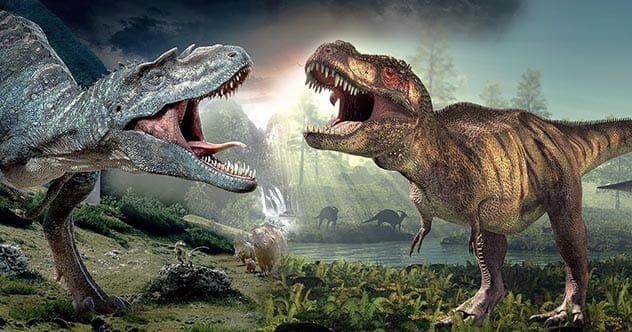Dinosaurs! These colossal creatures of the past continue to captivate our imaginations. We picture them in epic battles and imagine their terrifying roars. But beyond the pop culture depictions, there’s a world of weird and wonderful facts that often get overlooked. Prepare to have your perception of dinosaurs completely transformed!
10. Dinosaurs Were Covered in Dandruff
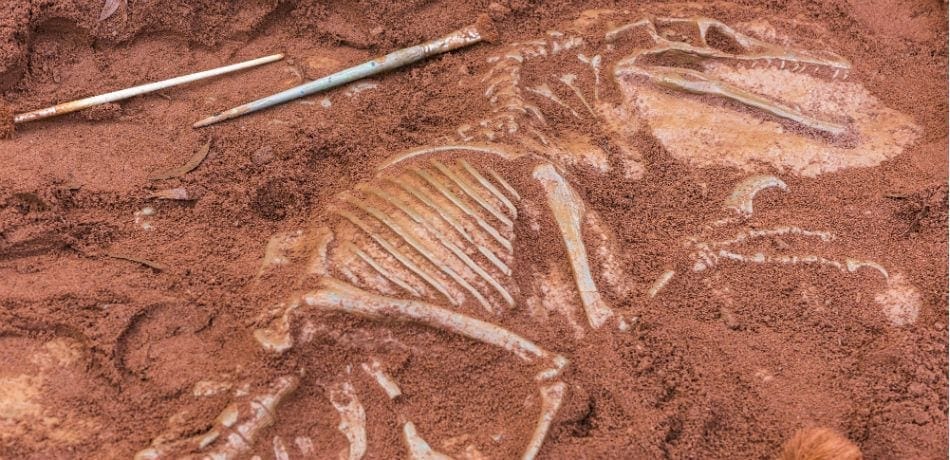
Yes, you read that right! Feathered dinosaurs shed dandruff, just like us. This fascinating fact reveals they didn’t shed their skin like lizards. Instead, they shed it piece by piece, in the form of flakes. This discovery provides insights into the evolution of feathers and the absence of flight capabilities in some prehistoric creatures. Dinosaur dandruff consisted of keratin, similar to human hair, lacking the fat found in modern bird flakes that aids in cooling during flight.
9. Mother Dinosaurs Formed Bird-Like Birthing Colonies
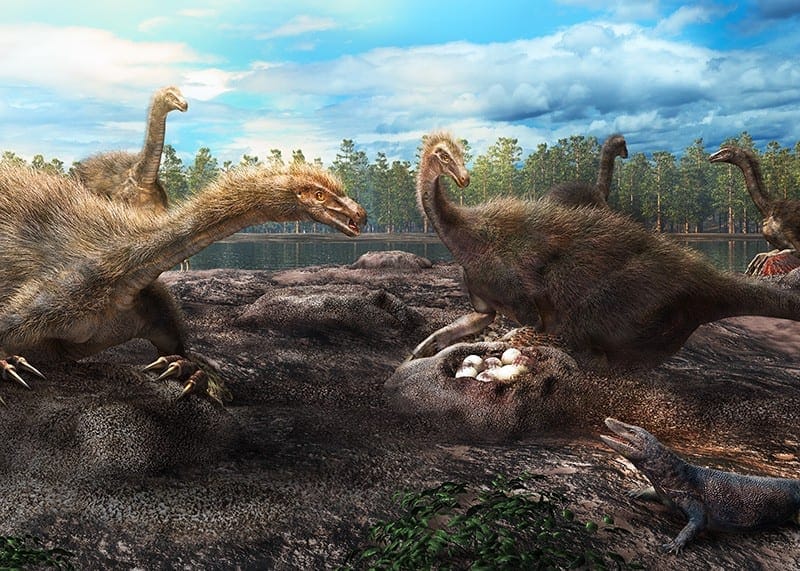
Turns out, dinosaurs were more sociable than we give them credit for. Imagine groups of nesting dinosaurs working together to protect their eggs, much like modern birds. This behavior was discovered in an 80-million-year-old find in the Gobi Desert, showcasing communal parenting strategies among theropods, mirroring those of today’s birds and crocodiles. The success rate of these communal nests was comparable to modern avian and crocodilian nesting success rates.
8. The Goofiest Dinosaurs Were Also the Toughest
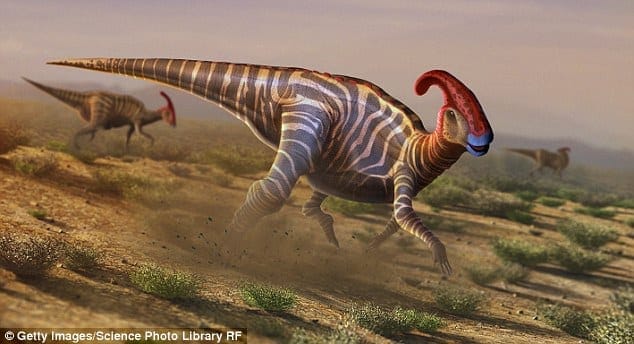
Hadrosaurs, with their duck-billed faces and bizarre head crests, are over-represented in skin fossil finds. These herbivores seemed to have the hardest skin of all dinosaurs. Studies analyzing numerous fossil reports indicate that nearly half of dinosaur body fossils retaining skin belonged to hadrosaurs. Their resilient skin made them the toughest of the bunch, preserving their fossilized impressions more frequently than others.
7. T-Rexes Were Too Slow to Chase You Down
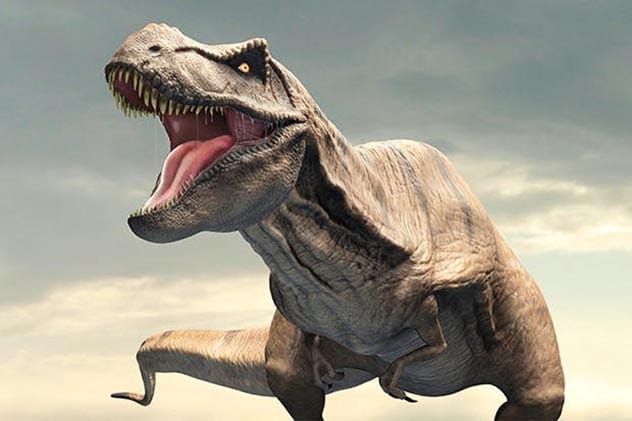
Forget the image of a T-Rex as an Olympic sprinter. Research suggests that Tyrannosaurus Rex was not as fast as once believed. While previous estimates put their speed at a terrifying 45 mph, their massive size would have limited them to a more modest 16.5 mph. This means an average human could outrun a T-Rex, making those movie chase scenes a bit less scary.
6. Some Dinosaurs Were Unbelievably Small
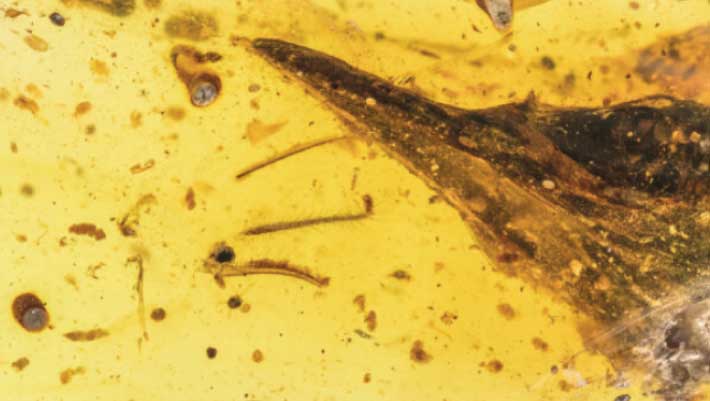
Size isn’t everything! The Oculudentavis khaungraae, found in a 99-million-year-old fossil from Myanmar, could be the tiniest dinosaur ever. This hummingbird-sized creature provides a crucial link between dinosaurs and birds. Its unique features, like lizard eyes and a mouthful of teeth, highlight the diverse adaptational strategies dinosaurs used to survive for over 150 million years.
5. Dinosaurs Were Plagued by Feather-Eating Parasites
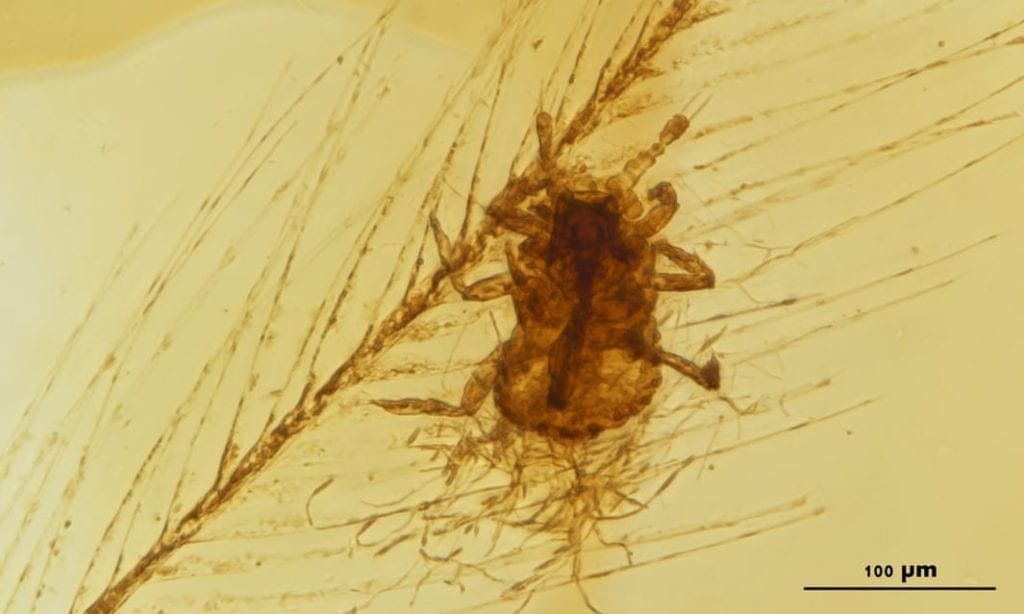
Just like modern birds, feathered dinosaurs had to deal with annoying parasites. Feather-eating lice-like bugs infested these prehistoric creatures. These parasites, found in 100-million-year-old Burmese amber, show that even dinosaurs weren’t immune to the irritations of daily life. The discovery of Mesophthirus engeli offers a glimpse into the challenges faced by feathered dinosaurs.
4. Dinosaurs Didn’t Inhabit Every Part of the Earth

Despite their dominance, dinosaurs didn’t rule every corner of the planet. For about 30 million years after their emergence, the equator was largely uninhabitable for them. Intense heat, wild climate swings, and frequent wildfires made the equator a harsh environment. Only small, meat-eating dinosaurs could survive in these conditions, showing that even dinosaurs had their limits when it came to extreme environments.
3. Early Dinosaurs Laid Leathery, Soft-Shelled Eggs
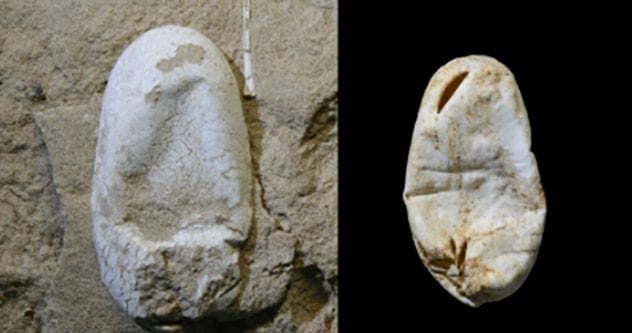
Forget the image of hard-shelled dinosaur eggs! Dinosaurs started out laying soft, squishy eggs, much like modern turtles and snakes. These non-mineralized eggs were buried underground to protect the developing embryos. Over time, evolution led to the development of calcified, hard-shelled eggs, but early dinosaurs relied on leathery coverings for their offspring.
2. T-Rexes Couldn’t Move Their Tongues
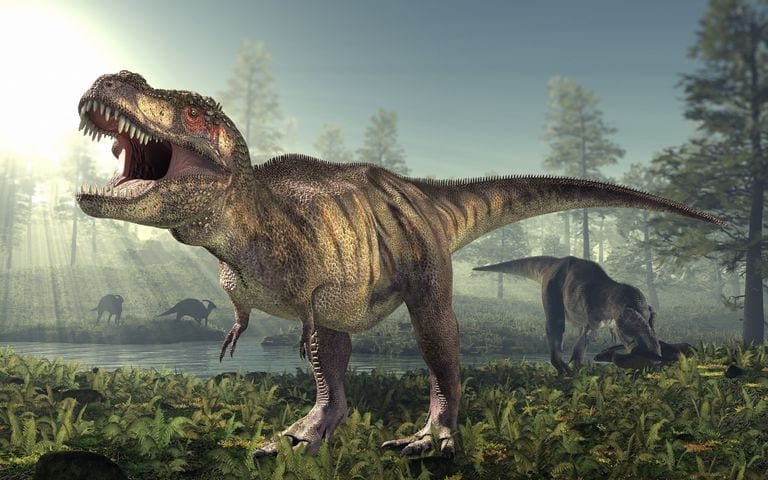
Every image of a snarling, tongue-waving T-Rex is likely inaccurate. The tyrant king actually had a crocodilian tongue that was stuck to the bottom of its mouth. Mass comparisons of tongues from dinosaurs, pterosaurs, and modern reptiles reveal that T-Rexes had short hyoids, anchoring their tongues to the floor of their mouths. This limited tongue mobility didn’t hinder their ability to rip and swallow chunks of prey.
1. Mighty Meat-Eaters Were Forced to Scavenge, Cannibalize
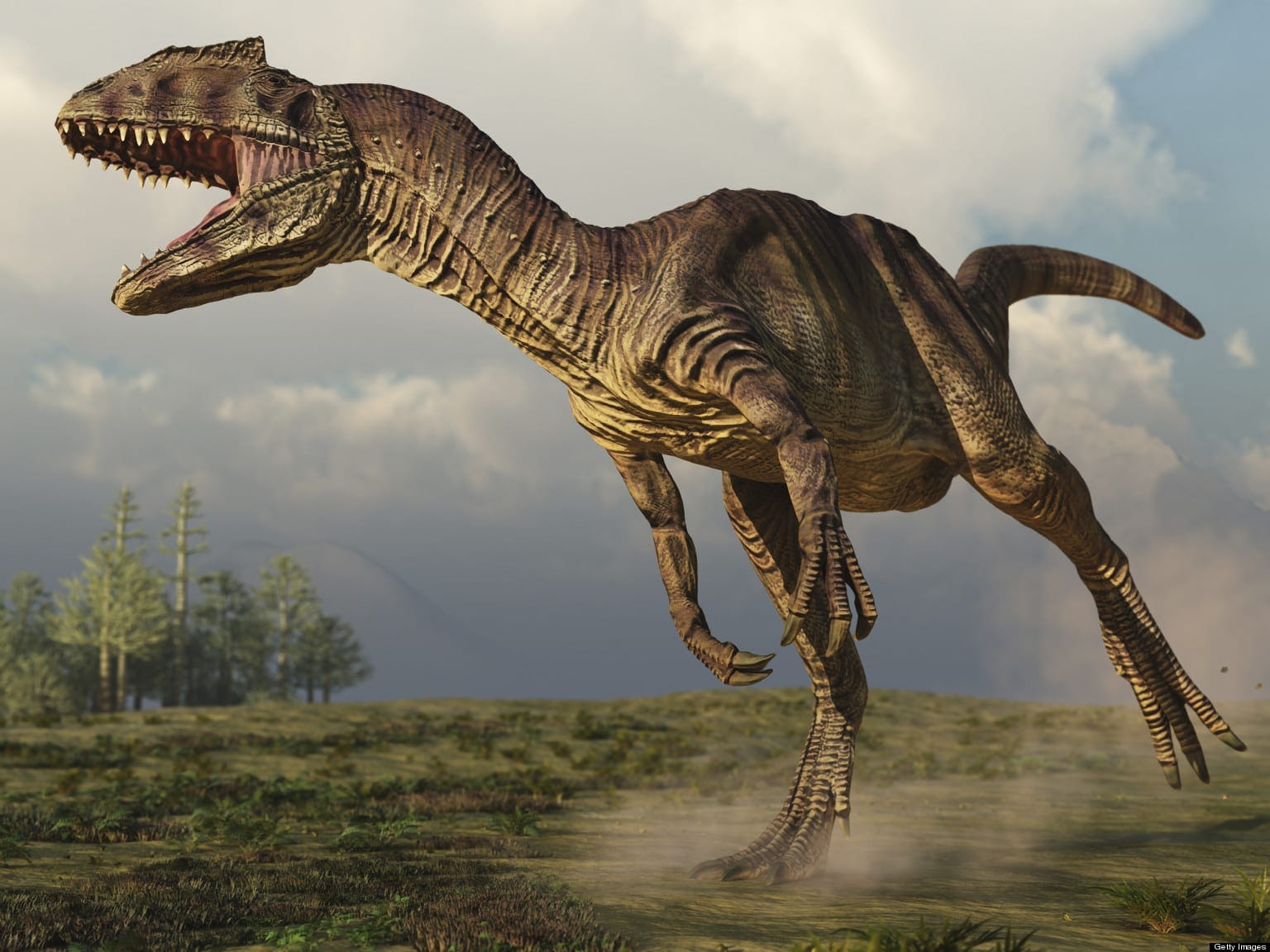
Even the most fearsome predators weren’t above scavenging and cannibalism. The Allosaurus, a smaller relative of the T-Rex, sometimes resorted to eating the remains of their own kind. Fossil evidence from the Mygatt-Moore Quarry in Colorado reveals bite marks on Allosaurus bones, indicating they scavenged on carcasses during tough times. This behavior highlights the harsh realities of survival in the prehistoric world.
Dinosaurs continue to amaze us with their bizarre adaptations and behaviors. From shedding dandruff to engaging in cannibalism, these facts paint a vivid picture of a prehistoric world far stranger than fiction. Which of these facts surprised you the most? Share your thoughts below!
Leave your comment below and let us know which fact blew your mind!


